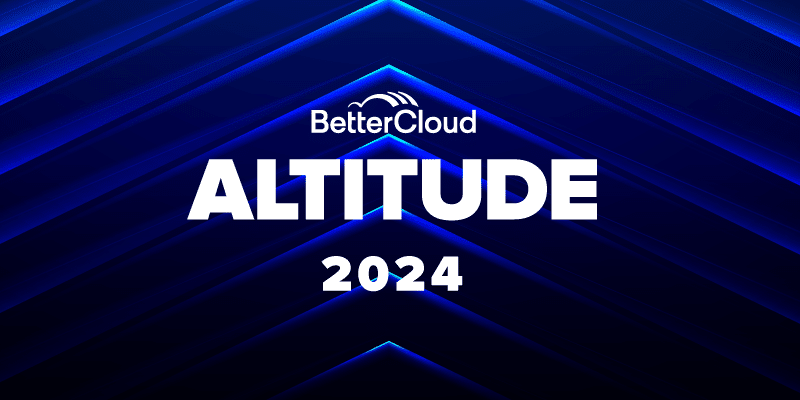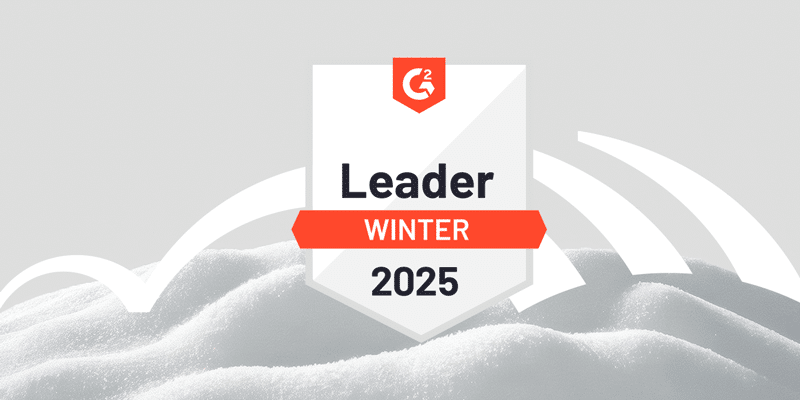The top IT habits of successful unicorns (panel recap)
August 27, 2019
5 minute read

There are unicorns in the wild!
Well, at least in the business world there are. A unicorn is defined as a startup with a value of over $1 billion. Understandably, reaching this milestone while still in the startup state is a monumental task.
These organizations have challenges just like any other business. But because of their phenomenal growth rates, their challenges are heavily magnified, especially for IT.
BetterCloud founder and former CEO David Politis recently hosted an online panel discussion with IT leaders from three such companies: Vicky Couturier, IT systems director at InVision; Anthony Ancheta, IT manager at Lime; and Matt Kauffman, IT help desk manager at Toast. The panelists shared their IT philosophies, how they solve their biggest IT challenges, and their top habits for scaling IT operations.
If you missed it, here’s a recap.
Meet the panelists

Vicky Couturier
IT Systems Director at InVision

Anthony Ancheta
IT Manager at Lime

IT Help Desk Manager at Toast
Couturier, who was the first IT hire at InVision, has the unique challenge of managing IT without a corporate office. Every InVision employee across 48 countries works from home. As such, cloud-based systems are the one constant. Getting equipment to people when they start, getting it back when they leave, and maintaining a firm grasp of the number of active apps are ongoing concerns.
Ancheta became the first technical employee when he joined Lime a little over a year ago. At the time, Lime had an estimated 300 employees. One of his first missions was to find out who actually worked for the company and what apps were still active. Lime now has seven IT employees with a contingent workforce of 3,000.
Although he wasn’t the first IT employee at Toast, Kauffman was the first helpdesk manager when he joined a team of five IT workers. At the time, there were 700 open tickets—many of which were several years old. His focus has been on perfecting onboarding and offboarding.
Onboarding and offboarding are fundamental operations to IT—everything from setting up equipment to scaling applications. How are IT leaders at unicorn organizations handling these processes?
When Ancheta started at Lime, there was no formal process for onboarding or offboarding. He immediately worked with HR to streamline the process.
Implementing BetterCloud allowed him to automate onboarding so that he no longer had to spend four hours a day doing it.
“We also did the same with the offboarding process,” he says. He implemented helpdesk software as well to understand what people needed at onboarding.
Similarly, when Couturier joined InVision, there was no system in place either. New employees would go to Amazon, select what they wanted, and have it shipped to them. Equipment would arrive days after they started.
At the time, InVision had 300-400 active applications.
“The challenges became: What do we have, how do we find out what we have, and how do we onboard and offboard?” says Couturier.
They were already using Okta. Couturier brought in BetterCloud as well, initially to simplify G Suite management. The team made sure their core SaaS apps were set up for automation and also went through the steps to ensure people had their equipment on time.
“There are still apps that we don’t know about. Shadow IT is a huge issue,” says Couturier.
For Kauffman, BetterCloud was already in place when he joined Toast, and it played a key role in onboarding. Offboarding and shadow IT are the biggest challenges. “People will say that they want access to an application that we didn’t even know we had in our environment,” he says. “We went through our apps to see who had licenses and who should/shouldn’t have access.”
Word association: “Automation = life”
Politis did a series of word association exercises during the panel discussion. For the first one, the panelists shared what immediately came to mind for the word “automation”:
Kauffman: “Automation = needed.”
Ancheta: “Automation = life.”
Couturier: “Automation = can’t live without it.”
What’s your IT philosophy for the end user?
“My focus is on the end user experience,” says Kauffman. “When onboarding, I want to make sure that when everyone gets to their desk on day one, they have everything that they need.”
He’s accomplished this by working with HR to make sure IT knows, as early in the process as possible, when new employees are joining. This way his team has enough equipment and an opportunity to provide access, whether it’s through automation or manual setups. “It makes new employees feel better, and they know they can come to us,” he says.
Ancheta has a similar philosophy. “We really need to think about the customer experience. These are people who are excited, and we want to enable them to perform. It doesn’t do anyone any good if they’re waiting for a week to just have access,” he says.
“If people’s first impression of the company is that they don’t have their act together, we are not going to retain them as employees,” he says.
“Knowing that we have it in our power to set up the experience, it is a constant process of iteration. There are so many components: hardware, apps, dispersed workforce, etc. It can be challenging.”
How do you stay up to speed on best practices?
Kauffman: “LinkedIn. Staying active within the Help Desk Institute and tweaking to fit individual needs.”
Couturier: “LinkedIn. IT groups on Slack. Connecting with peers. Conferences. Listening to the team.”
Ancheta: “LinkedIn. Industry groups. Reading 30 minutes of tech news a day. A dinner a month with a meetup. Talking with peer groups.”
Word association: BetterCloud
Ancheta: “BetterCloud enabled us to have an onboarding and offboarding process when we didn’t have the bodies.”
Kauffman: “Ditto.”
Couturier: “Ditto.”
How do you handle patch management and endpoint management?
Ancheta: “MobileIron—and we still building it out. There are limitations, but we are doing pretty well with it right now.”
Couturier: “Fleetsmith, since InVision is 90 percent Apple. Northbay also helps facilitate equipment distribution to remote areas.”
How do you tackle sustainability with end-of-life hardware?
Ancheta: “There’s a lot of different programs out there that will allow you to donate, recycle, or deal with end of life hardware sustainably. We don’t have anything cemented just yet, but we’re working on it.”
Couturier: “Northbay helps with end-of-life recycling. We put in a 3-year policy to recycle [hardware] or for users to upgrade machines. There are a bunch of places we donate to, but it’s always in the works. It’s hard to find what works best, where to donate, and what to donate. It involves Accounting, Legal, and IT. We do the best we can using Northbay.”
How do you scale the helpdesk to make sure it’s a usable process?
When Kauffman joined Toast, it had a 250:1 end user-to-IT staff ratio at the helpdesk.
“We pushed this number to 315:1, and we are starting to feel the struggles,” he says. “It’s about paying attention to the trends. We will probably exceed 1,500 tickets this month. We use ServiceNow software. It helps get the best results early on with the ability to scale as big as you need.”
Specifically, which conferences do you find valuable?
Ancheta: “Google Next and Oktane.”
Couturier: “Altitude and Oktane.”
Altitude, BetterCloud’s annual conference, will be held September 23-25 in San Francisco this year. It’s an opportunity to get together and define best practices, build a network of peers, and influence BetterCloud’s product roadmap.
“We come in with all the things we want to build, and based off customer feedback, that is what we build,” says Politis. “If you can make the trip, we would love to have you there.”
If you’re interested in joining the league of extraordinary unicorns who use BetterCloud, request a demo.






